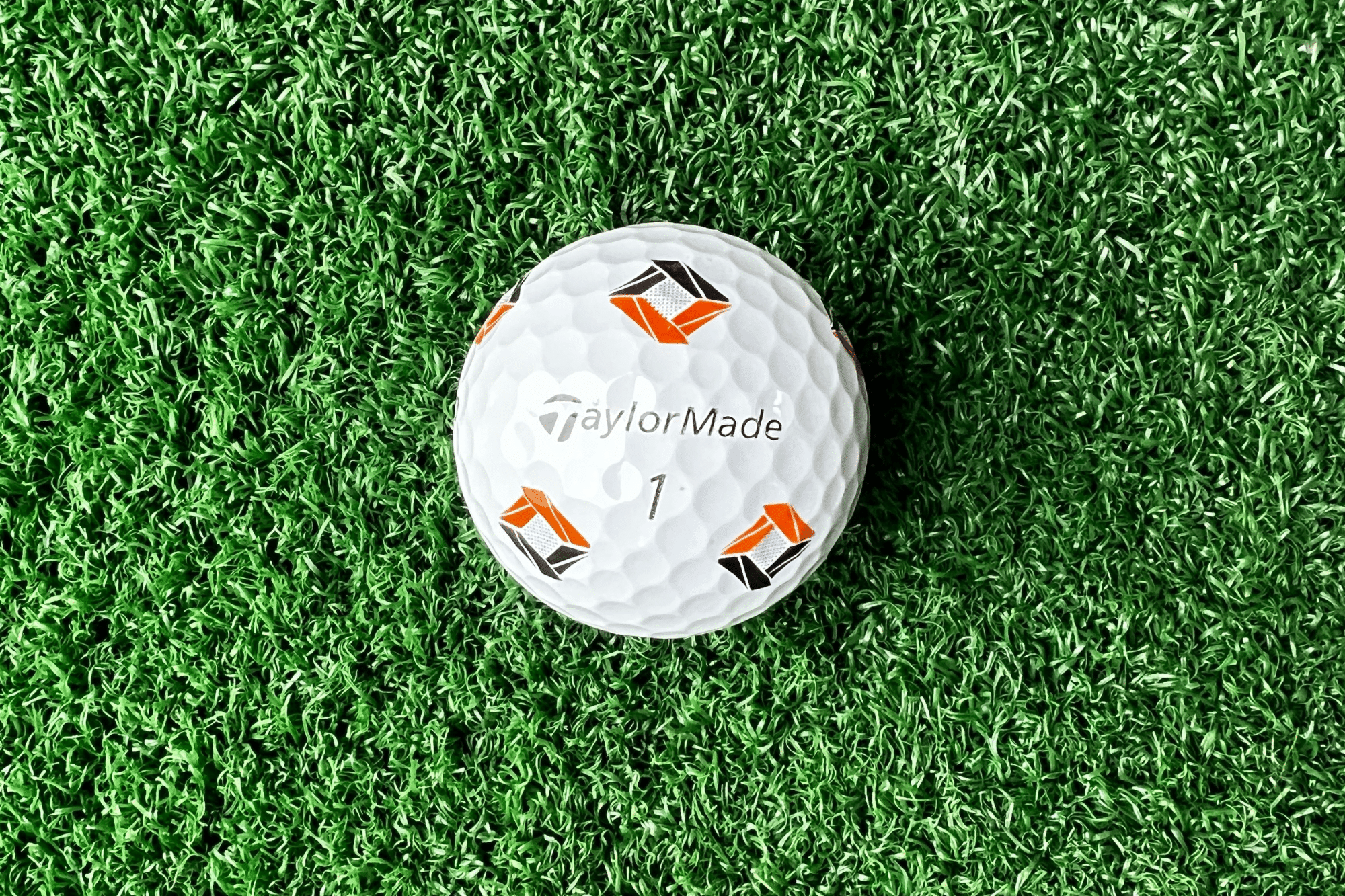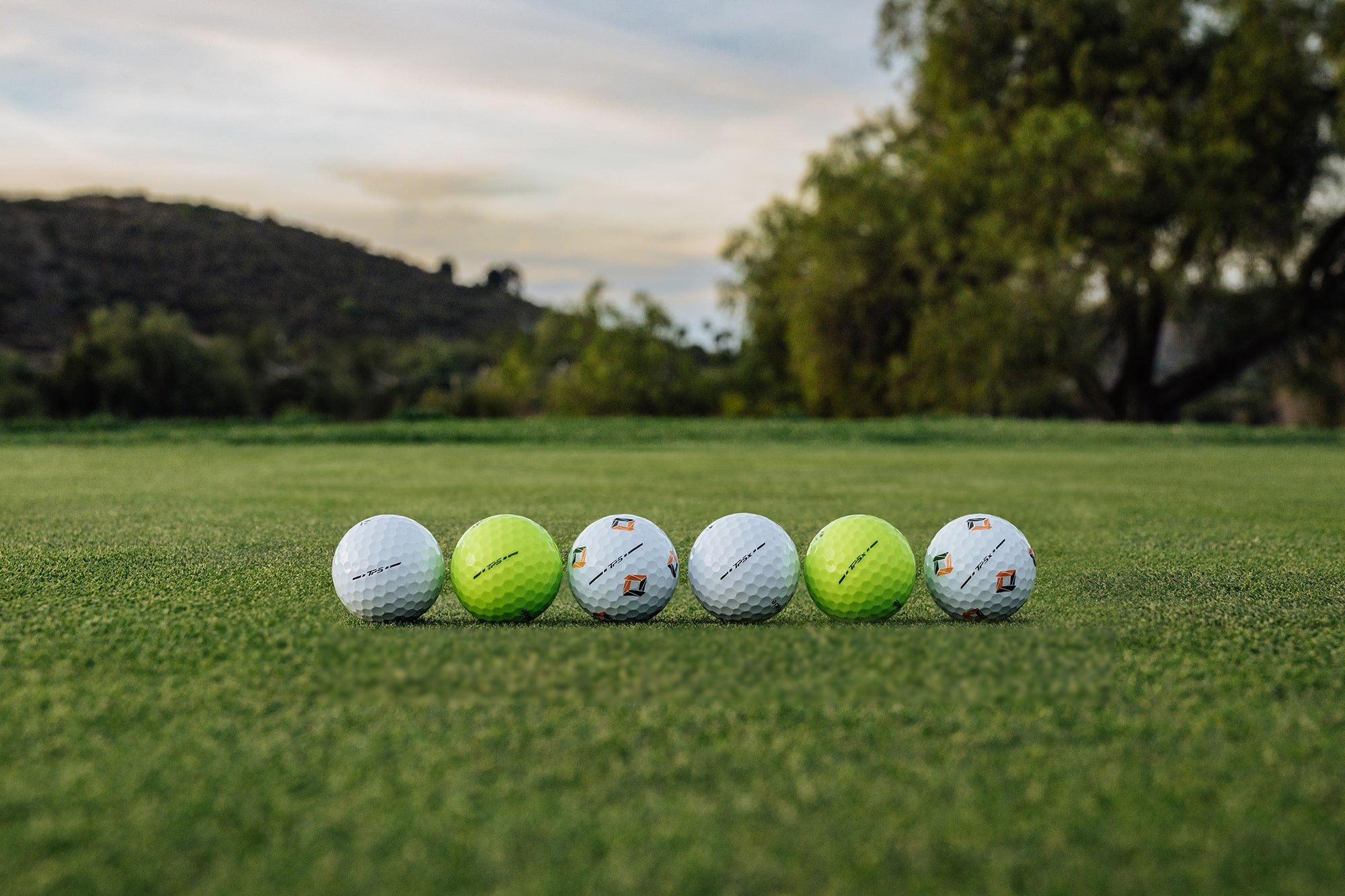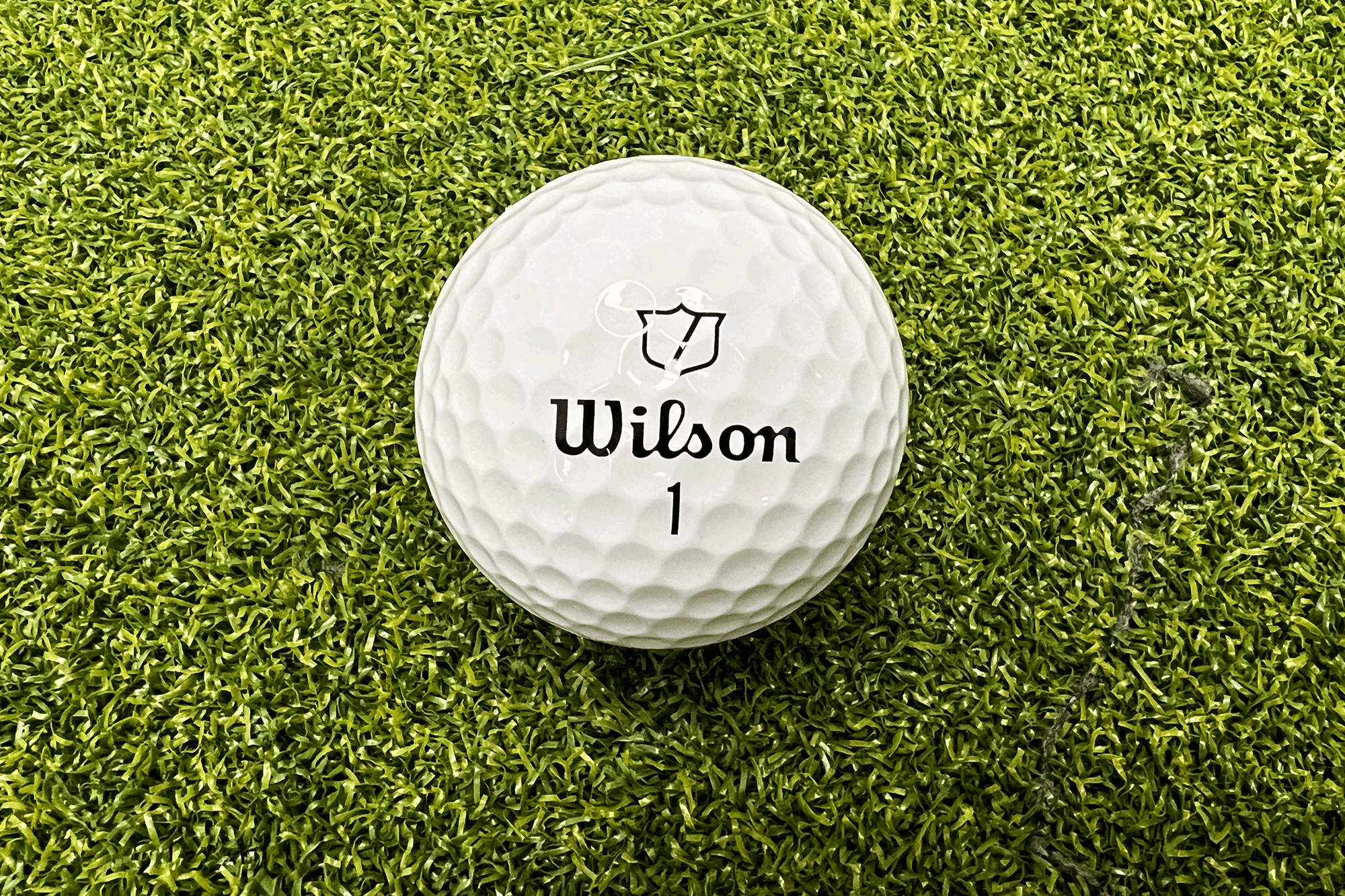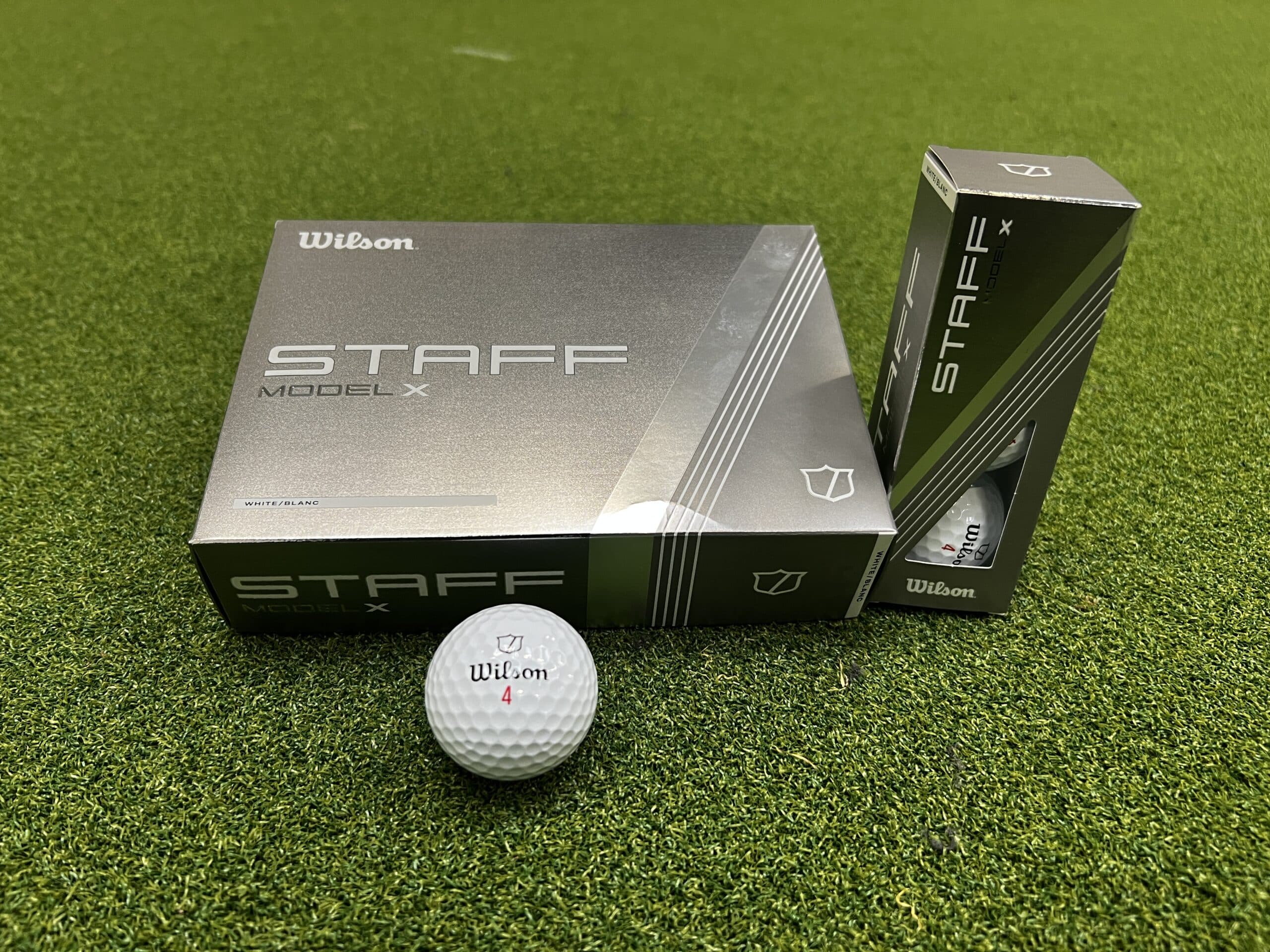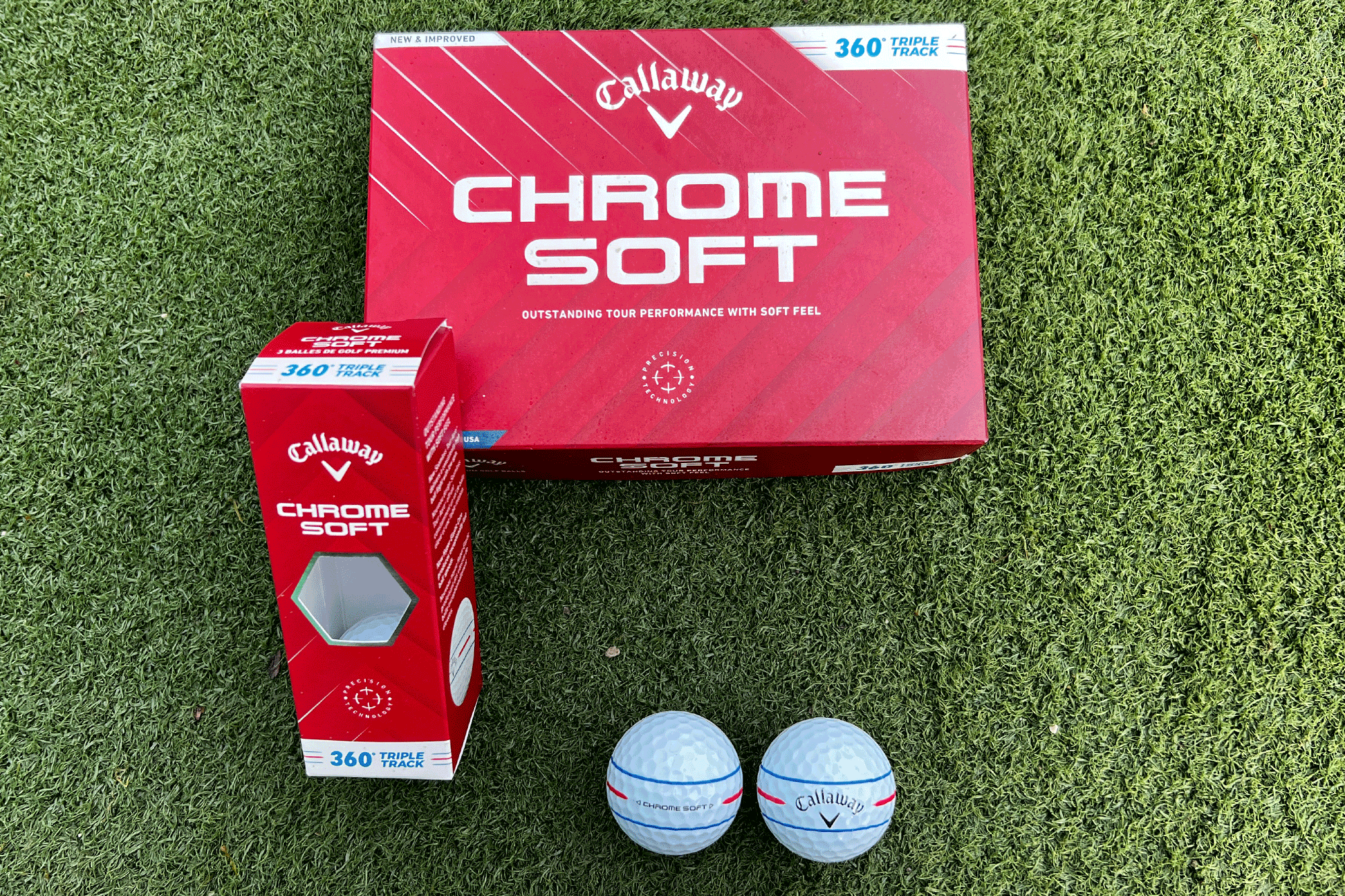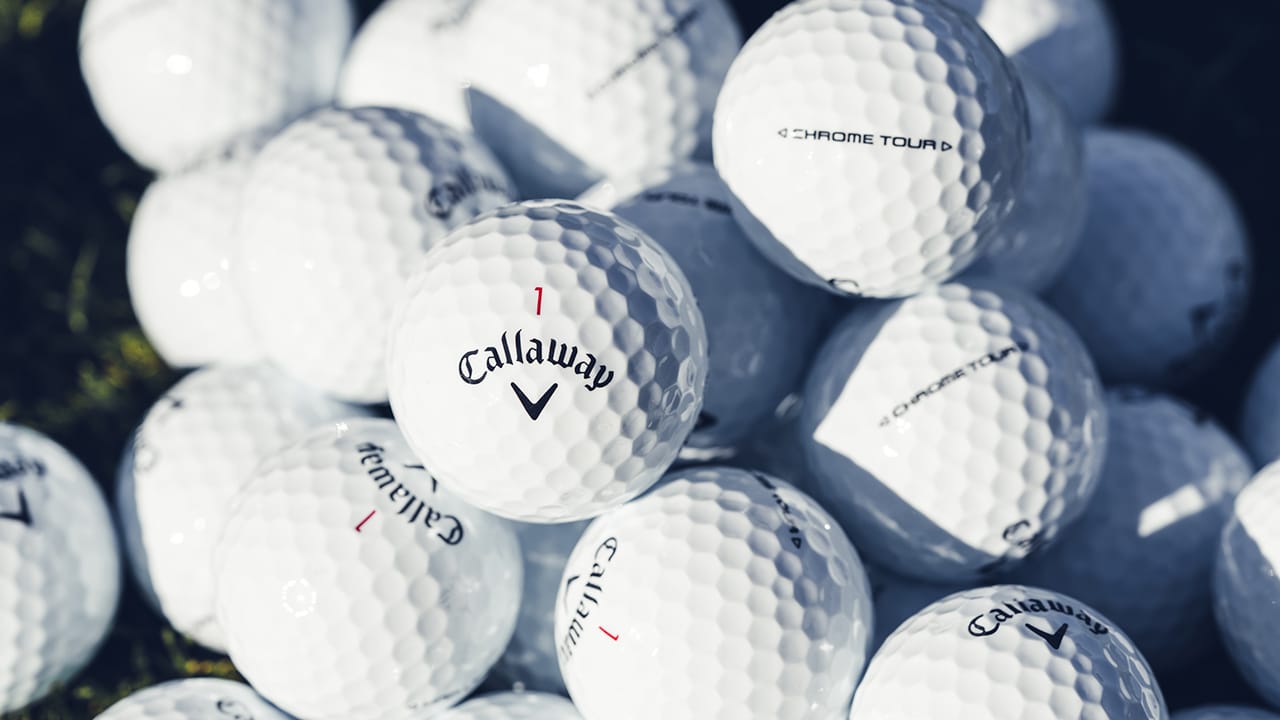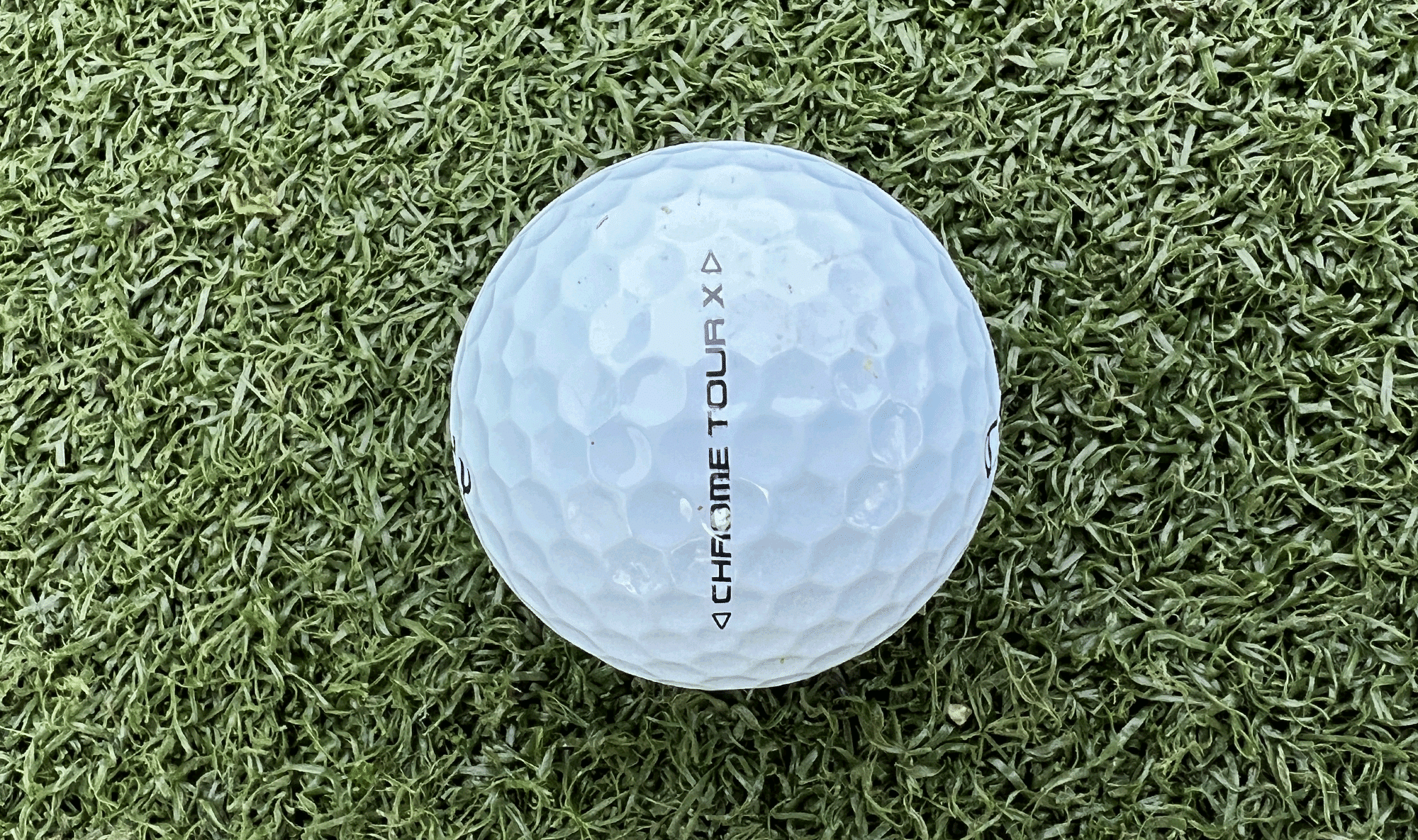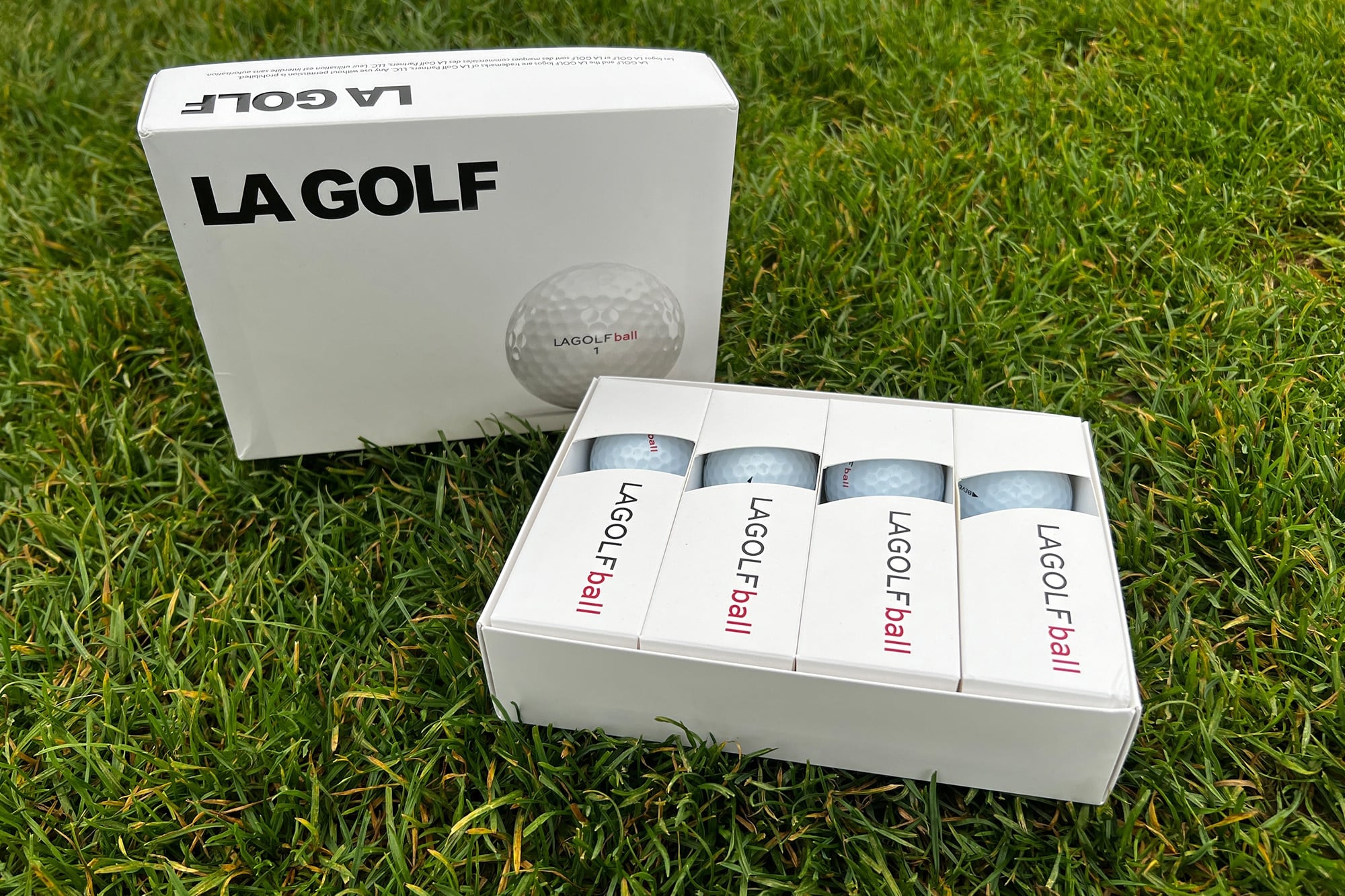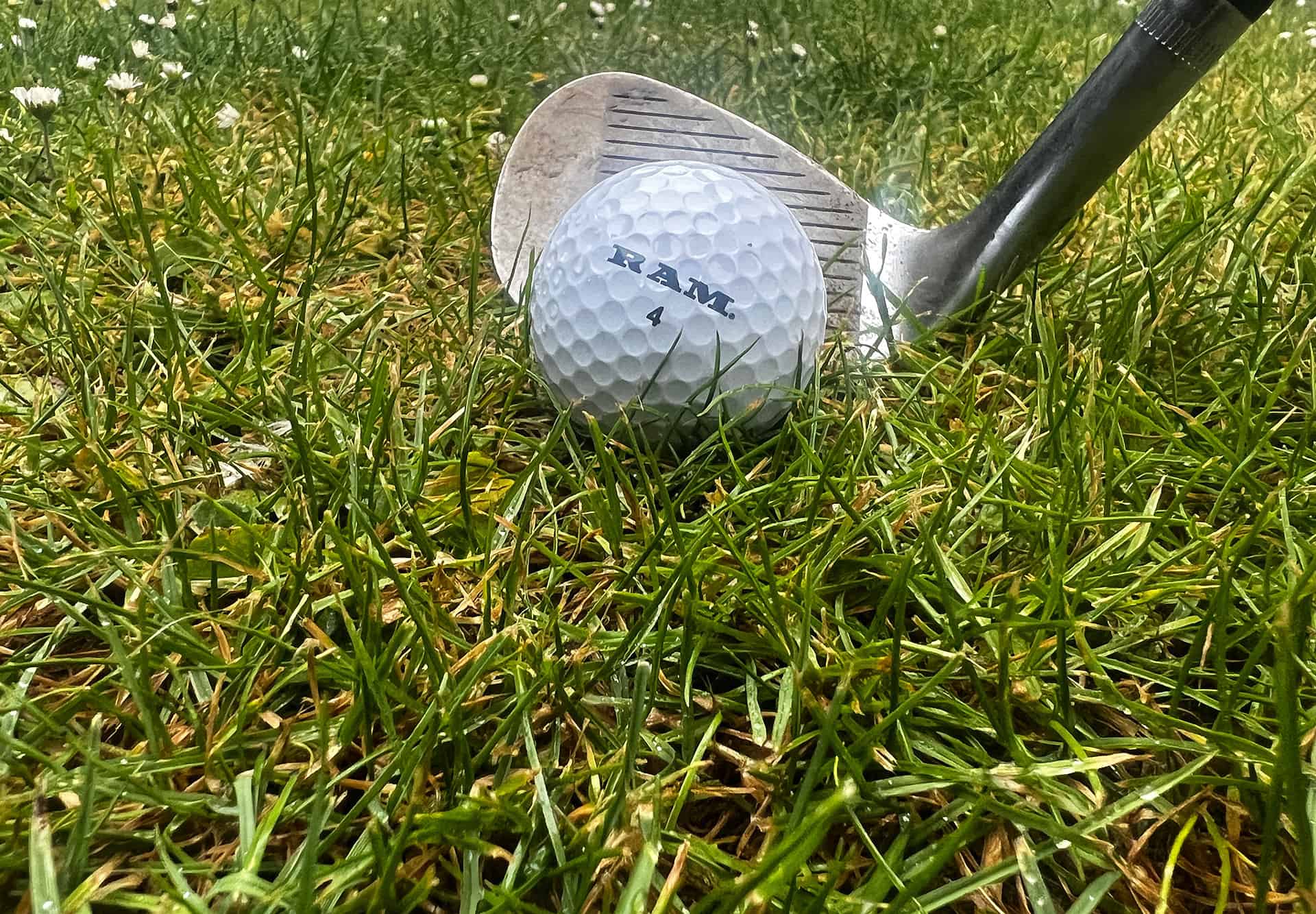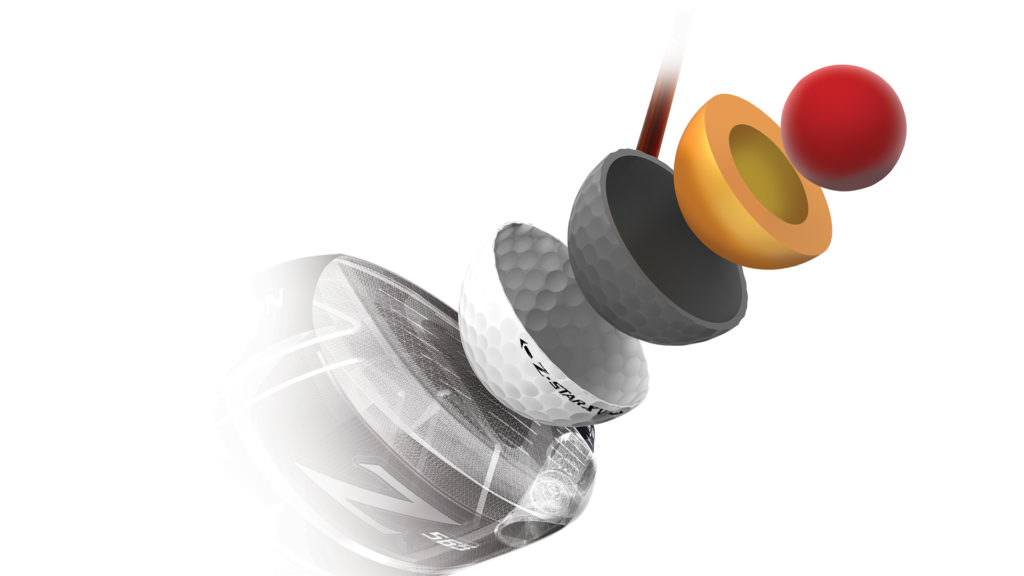
What do the different golf ball layers do?
We talk a lot about golf balls and golf ball layers. And there are a lot of different golf balls to talk about that do different things.
Two-piece, three-piece, four-piece, five-piece, low compression, high compression, soft feel, low spin, longer distance and so on.
It possibly the trickiest piece of golf equipment for the club golfer to understand. Yet in our humble opinion it is the most important because you use it for every shot.
You’ll use a driver 14 times at the most but the ball is used for 70-100 depending on your ability level.
When we talk about two-piece and three-piece balls we are essentially talking about golf ball layers. So what do each of those layers do to change the performance characteristics?
In this week’s Tech Talk, we caught up Jeff Brunksi, head of R&D at Srixon – who make the best-selling two-piece ball the AD333, the three-piece Z-Star and four-piece Z-Star XV.
With Jeff’s help we’re trying to make choosing the right golf ball not such a daunting task…
Let’s get right to it. What do the different golf ball layers do?
How much time do you have?
Plenty.
Well, in short, the core is the largest part of the ball and has the biggest effect on full shots. It will have a major effect on ball speed, but also contributes to launch and spin – again, especially on longer, full shots.
The cover contacts the face of the club, the cover’s largest role is in generating spin on iron and wedge shots. The cover plays less of a role on shots hit with a driver.
Mid-layers are a little more complex. Mostly, the mid-layer helps the other layers do their jobs.
It provides a hard backstop behind the soft cover, allowing the super soft cover to deform and create spin on shorter shots. On full shots, the mid-layer works in tandem with the core to produce high ball speed.
What would a player expect to see/feel from a two-piece compared to a four-piece?
There are almost no two-piece balls in the market with Tour-style soft urethane covers. Likewise, almost all three and four-piece balls have them.
The difference in cover material will make a difference on spin – especially on wedge shots and iron shots. It’s pretty hard to zip a non-urethane cover ball back.
Similarly, most two-piece balls are lower compression than three and four-piece balls. Players will notice these lower compression balls feel softer and they will generate different launch conditions.
On the driver, lower compression balls tend to have lower ball speed, higher launch angle and lower spin.”
How much of the ‘feel’ comes from the cover and how much is it the compression?
The harder you hit the ball, the more you feel the compression. You feel the cover when you putt the ball, and you feel the compression when you drive the ball.
In between, it’s a spectrum of the two.
Would you expect to see any difference in a ball’s durability depending on the number of layers? Or is it all about the cover? For example if the Z-Star and AD333 had the same cover would they be equally durable?
A ball’s resistance to scuffing and cutting is mostly driven by the strength and other material properties of the cover. I wouldn’t expect much difference in durability between the same cover on a two, three or whatever-piece ball.
Would a two-piece ball naturally have a lower compression than a three or four-piece?
No, with a caveat…
Compression is driven mainly by the core of the ball. This is because the core is, by far, the largest layer of the ball. The firmness of the core material and the size of the core will have a big effect on compression. You could put a very firm core in a two-piece ball and make it high compression.
Now, the fine print.
Most two-piece balls in the market are lower compression than most three-piece balls. Golf ball manufacturers design most two-piece balls for average golfers, and average golfers tend to have average swing speeds.
We design three-piece balls for better players, and better players tend to have higher swing speeds. Because of these different target consumers, most two-piece balls tend to be lower compression than most two-piece balls, but only because of performance targeting, not because of some inherent design constraint.
Can average players notice the difference between low and high compression?
This is extremely simple to prove, and we have seen it over and over in player and robotic testing. The variance between high compression and low compression balls in driver testing – taking data from both R and S flex testing – is:
Ball speed: 2-3mph
Launch angle: 1 degree
Backspin: 400-500 rpm
Can 500rpm or 3mph in ball speed alter performance? Yes! Can average players notice the difference between the two? Absolutely.
What do you think are the biggest myths and misconceptions around golf balls?
Much of these questions have to do with compression, so I’ll expand on that. Our testing clearly shows different launch conditions for balls of different compression.
Sometimes lower compression balls have better launch conditions, which means you can actually get better performance from them – and they’re less expensive, so it’s a big win-win!
The Tour golf ball is a high-compression golf ball, while other models made for the average player are lower compression.
If compression doesn’t affect anything but feel, you might expect launch conditions to be the same regardless of compression. If that were the case, you’d never need a launch monitor to do a ball fitting – they’re all the same!
Launch conditions do change depending on compression.
Golf ball compression matters. Intelligent fitters will test different model golf balls to see which produces optimal launch conditions. The most expensive, highest-compression ball is not always the best ball for every player.
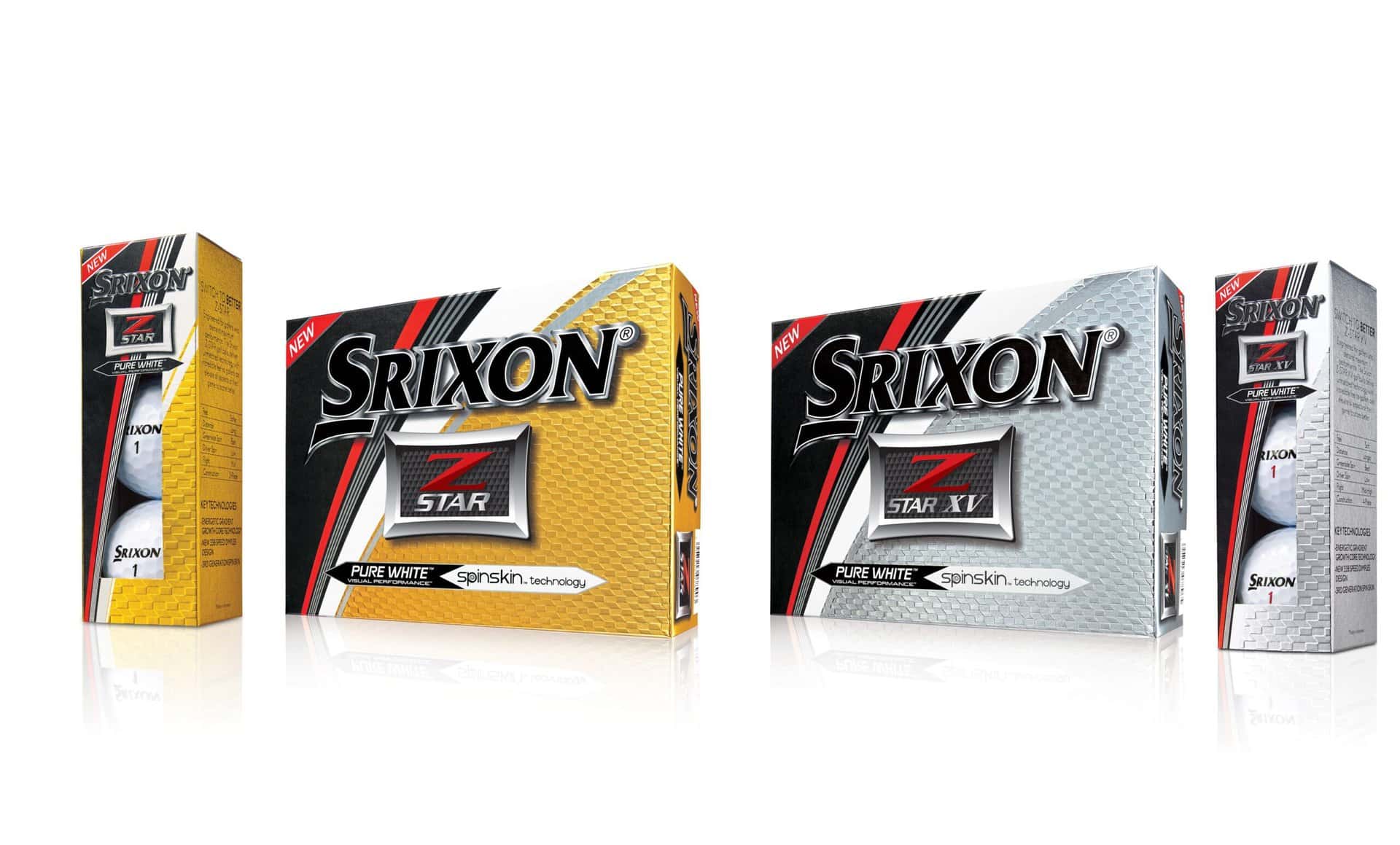
Srixon reveal 2017 Z-Star and Z-Star XV

Equipment: Vice golf balls and accessories review

Titleist launch new Pro V1 and Pro V1x golf balls
James Savage
Former equipment editor of NCG. Inconsistent ball-striker and tea-maker.








